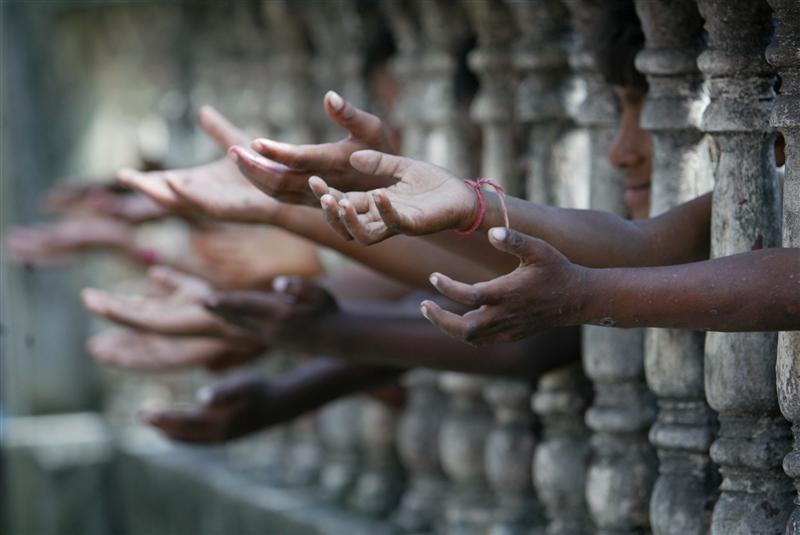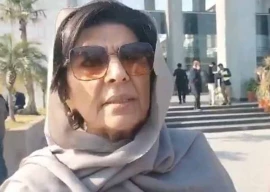
There are also many more startling facts and figures. Balochistan and Sindh lag behind considerably when compared to K-P and Punjab.
Then there is the urban-rural divide. The report says that rural areas in Pakistan remain much poorer than urban areas and are far more disadvantaged in all respects of service delivery like schools and hospitals. The present conditions show the decline in poverty has not reduced the urban-rural gap by much.
Despite its rich-mineral wealth, Balochistan remains the poorest province in terms of its people. According to the World Bank report titled ‘State of Water Supply, Sanitation and Poverty in Pakistan’, Balochistan has by far the highest rural poverty rate, with more than 62 per cent of its rural population living below the poverty line.
But Sindh, which boasts a larger population and much more economic activity, has little to cheer about. The gap between rural and urban poverty is the widest in Sindh. In contrast, the urban-rural gap in Punjab and Khyber-Pakhtunkhwa is much lesser. The reasons for this can be manifold, not just poor governance and bad politics – but this also plays an important part in the overall environment.
Poverty head count rate in rural Pakistan was twice as much in urban areas — 36pc versus 18pc — and the gap has remained virtually unchanged since 2001-02. This suggests that attempts by successive governments over the past seventeen years or so have done little to bridge the gap despite their best efforts.
Combined with the slow pace of urbanisation — only about 35pc of the country’s population lived in urban areas in 2014 — this gap indicates that 80pc of Pakistan’s poor continued to live in rural areas. And yet, much of the government’s policies – at both federal and provincial level, are focused on the urban areas.
It goes without saying that rural children have a significantly lower chance as compared to urban children to have adequate immunisation by three years of age, and rural women are much less likely to receive prenatal care, less likely to give birth in a facility or hospital and receive postnatal care.
This is saddening. People in rural areas do not get the same level of government support that those in urban areas do. No wonder, much of rural Pakistan remains in poverty.
But some areas continue to do better that others. Districts in Pakistan have varied widely in poverty. The richest district in Pakistan is Abbottabad. The poorest district is Washuk in Balochistan.
Much of this variation reflects differences in poverty across provinces. The vast majority of the 40 poorest districts are in Balochistan, followed by Sindh.
What is even more telling is that not a single district in Balochistan was among the richest 40, and only Karachi and Hyderabad in Sindh fell in this set. The divide between Khyber-Pakhtunkhwa and Punjab in the north and Sindh and Balochistan in the south is apparent and quite stark. More effort is required in the provinces of Sindh and Balochistan.
What was unexpected to note in the report is that districts that include large cities like Lahore, Rawalpindi, Faisalabad, Gujranwala, Sargodha, Sialkot, Multan, and Bahawalpur had much greater within-district inequality than other districts. One would have expected the opposite. Is this case of focusing on the cities and ignoring the surrounding areas?
Taking population into account, a large share of Pakistan’s poor lives in well-off districts in Punjab and Sindh, particularly Karachi, Faisalabad, and Lahore, the report said.
Karachi, for example, was the third-richest district in Pakistan in 2014-15, but despite its low poverty rate of 8.9pc its large population share meant that 2.5pc of the country’s poor lived there.
Similarly, Lahore — the sixth-richest city — was home to 2.2pc of Pakistan’s poor. Together, these two cities accounted for almost as many poor people as the 10 poorest districts, where poverty rates are six or seven times higher.
All these statistics suggest that we are not doing enough to address the issue of poverty. Let us try and narrow the gap between the rich and the poor. Otherwise, the consequences can be quite disturbing.
Published in The Express Tribune, November 12th, 2018.
Like Opinion & Editorial on Facebook, follow @ETOpEd on Twitter to receive all updates on all our daily pieces.



































COMMENTS (2)
Comments are moderated and generally will be posted if they are on-topic and not abusive.
For more information, please see our Comments FAQ